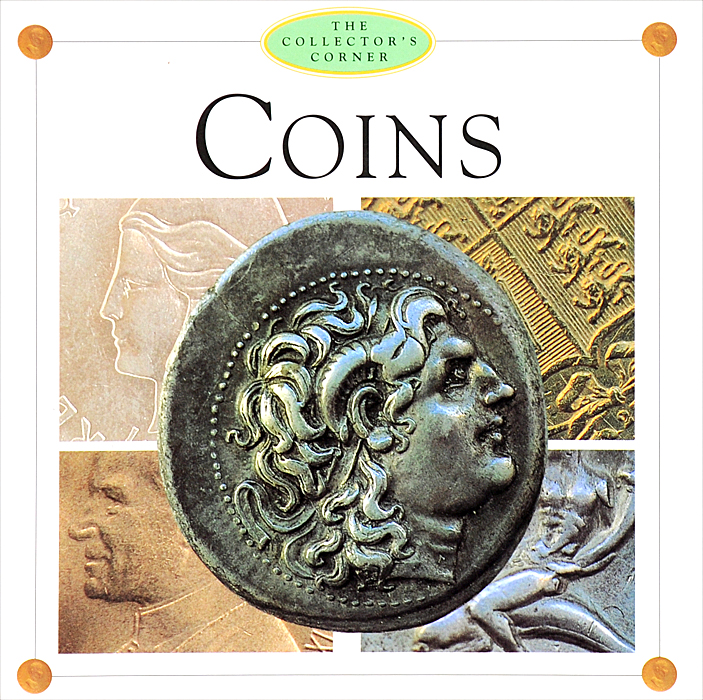Книга: «Coins the Collector's Corner»

|
Серия: "Памятные монеты / Commemorative Coins" The numismatic trade has been around for centuries and arose as a sideline of goldsmiths and bankers. Spink&Son of England claimed to have been established in 1722, as their billhead of 1897 illustrates, but when historians were researching the firm's history for its bicentenary they discovered to their astonishment that it had actually been in existence since the Restoration of Charles II in 1660. William S. Lincoln of New Oxford Street in London was one of the. Издательство: "A Quantum book" (1999) Формат: 210x210, 64 стр.
ISBN: 1-84013-253-1 Купить за 420 руб на Озоне |
Другие книги схожей тематики:
| Автор | Книга | Описание | Год | Цена | Тип книги |
|---|
См. также в других словарях:
Euro gold and silver commemorative coins (Finland) — Finland Finland Euro gold and silver commemorative coins are special euro coins minted and issued by member states of the Eurozon … Wikipedia
Banknotes of the Norwegian krone — Norwegian banknotes are circulated, in addition to Norwegian coins, with a denomination of Norwegian kroner, as standard units of currency in Norway. History From 1877, after the establishment of the Scandinavian Monetary Union, and until present … Wikipedia
Commemorative coins of Poland: 2006 — Main article: Commemorative coins of Poland Poland has a rich selection of Gold and Silver commemorative coins. In the year 2006 coins were launched in the series: Animals of the World , History of the Polish Złoty , The Polish Calendar of… … Wikipedia
Commemorative coins of Poland: 2007 — Main article: Commemorative coins of Poland Poland has a rich selection of Gold and Silver commemorative coins. In the year 2007 coins were launched in the series: Animals of the World , Polish Travelers and Explorers , History of the Polish… … Wikipedia
Gunfight at the O.K. Corral — For the film, see Gunfight at the O.K. Corral (film). Tombstone in 1881 … Wikipedia
Western use of the Swastika in the early 20th century — adopted the symbol in the 1920s, it continued in use in Western countries with its original meaning until the Nazi association became dominant in the 1930s. The term swastika is first attested in English in 1871, and first refers to the Nazi… … Wikipedia
